Join a young boy as he hops around the globe, visiting friends in 13 different countries spanning all 6 populated continents. Along the way, he introduces us to each friend’s environment and customs, and shares interesting facts about each country’s culture, language, food, geography, wildlife, landmarks and more. Each country has a dedicated spread with a small map that shows geography and landmarks, letting readers imagine they are traveling, too. The format makes it easy to spot similarities and differences between countries.
Information Book
Dreaming In Indian: Contemporary Native American Voices
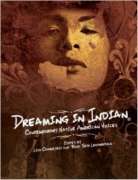
A powerful and visually stunning anthology from some of the most groundbreaking Native artists working in North America today. Truly universal in its themes, Dreaming In Indian will shatter commonly held stereotypes and challenge readers to rethink their own place in the world.
Barbarians!
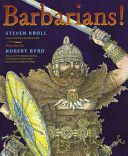
The ancient Romans used the word barbarian to describe people who were coarse, rude, or even just foreign. Over time the word has also come to connote bloodthirsty cruelty. But were the Goths, the Huns, the Vikings, and the Mongols as barbaric as we’ve been led to believe? In dynamic, detailed spreads that young readers will pore over, this book explores how these nomadic warriors lived, worshipped, and celebrated. Their wandering armies brought together Europe and Asia through trade and conquest and, in doing so, changed the world forever.
The Desert Fox Family Book

Introduces the desert fox, or fennec, by following a mother and her young at rest and at play, hunting and eating, in their harsh yet beautiful desert world.
Fireflies In The Dark: The Story Of Friedl Dicker-Brandeis And The Children Of Terezin
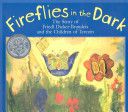
Covers the years during which Friedl Dicker, a Jewish woman from Czechoslovakia, taught art to children at the Terezin Concentration Camp. Includes art created by teacher and students, excerpts from diaries, and interviews with camp survivors.
Before Columbus: The Americas Of 1491
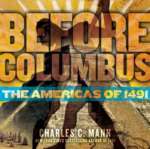
This study of Native American societies is adapted for younger readers from Charles C. Mann’s best-selling 1491. Turning conventional wisdom on its head, the book argues that the people of North and South America lived in enormous cities, raised pyramids hundreds of years before the Egyptians did, engineered corn, and farmed the rain forests.
If
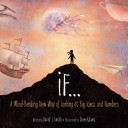
Some things are so huge or so old that it’s hard to wrap your mind around them. But what if we took these big, hard-to-imagine objects and events and compared them to things we can see, feel and touch? Instantly, we’d see our world in a whole new way. So begins this endlessly intriguing guide to better understanding all those really big ideas and numbers children come across on a regular basis.
On Top of the World
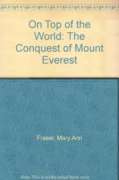
Describes the final stages of the conquest of Mount Everest on May 29, 1953, by Sir Edmund Hillary and Tenzing Norkey.
Strike!
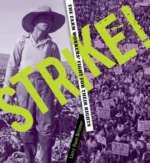
In 1965, as the grapes in California’s Coachella Valley were ready to harvest, migrant Filipino American workers—who picked and readied the crop for shipping—negotiated a wage of $1.40 per hour, the same wage growers had agreed to pay guest workers from Mexico. But when the Filipino grape pickers moved north to Delano, in the Central Valley, and again asked for $1.40 an hour, the growers refused. The ensuing conflict set off one of the longest and most successful strikes in American history.
Tortillas
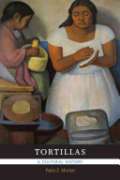
“The ordinary tortilla was an extraordinary bond between the human and divine. . . . From birthdays to religious ceremonies, the people of Mesoamerica commemorated important events with tortillas. One Maya tribe even buried their dead with tortillas so that the dogs eaten as dinner during life would not bite the deceased in revenge.”–from Tortillas: A Cultural History For centuries tortillas have remained a staple of the Mexican diet, but the rich significance of this unleavened flatbread stretches far beyond food. Today the tortilla crosses cultures and borders as part of an international network of people, customs, and culinary traditions. In this entertaining and informative account Paula E. Morton surveys the history of the tortilla from its roots in ancient Mesoamerica to the cross-cultural global tortilla. Morton tells the story of tortillas and the people who make and eat them–from the Mexican woman rolling the mano over the metate to grind corn, to the enormous wheat tortillas made in northern Mexico, to twenty-first-century elaborations like the stuffed burrito. This study–the first to extensively present the tortilla’s history, symbolism, and impact–shows how the tortilla has changed our understanding of home cooking, industrialized food, healthy cuisine, and the people who live across borders.
